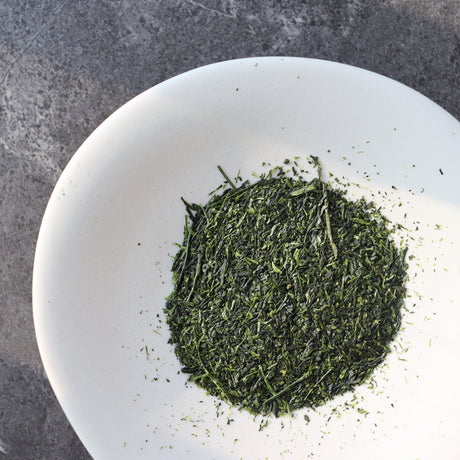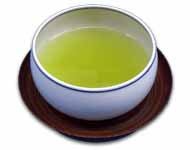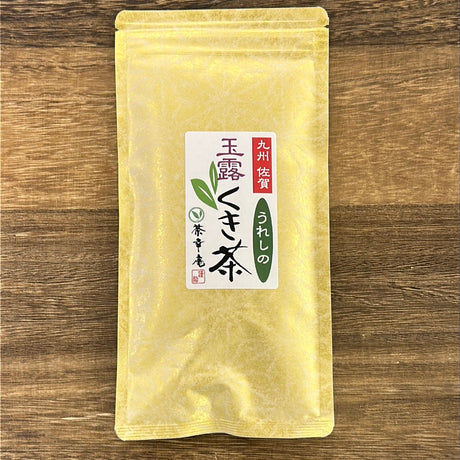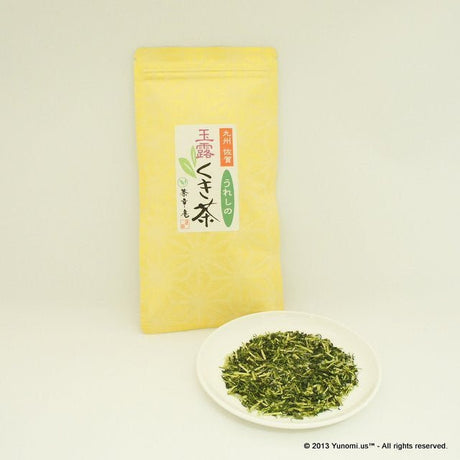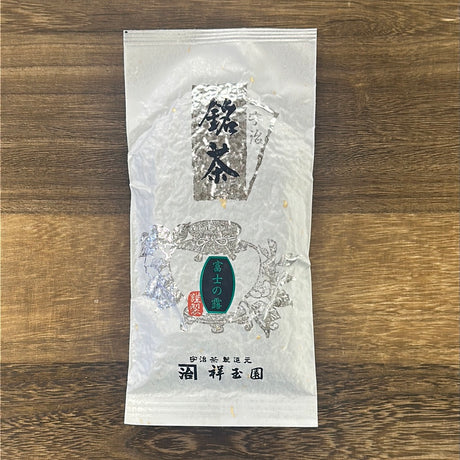- 現在、在庫切れでご購入いただけません。取り寄せできるかどうかご相談ください。
Nishide Tea Factory
#0808.K6 西出プレミアムセレクション 玉露さみどり by The Nishikawa Tea Farm 宇治田原西川茶園製玉露さみどり
最安値 JPY ¥780単価 /在庫切れ在庫少なめ (5個)- 現在、在庫切れでご購入いただけません。取り寄せできるかどうかご相談ください。
- 現在、在庫切れでご購入いただけません。取り寄せできるかどうかご相談ください。
Azuma Tea Garden
(2025年欠品)#0086.K6 あずま茶園 2025年春 京都和束産玉露(五香&やぶきたブレンド) (2025年欠品)
最安値 JPY ¥550単価 /在庫切れ - 現在、在庫切れでご購入いただけません。取り寄せできるかどうかご相談ください。
- 現在、在庫切れでご購入いただけません。取り寄せできるかどうかご相談ください。
- 現在、在庫切れでご購入いただけません。取り寄せできるかどうかご相談ください。
- 現在、在庫切れでご購入いただけません。取り寄せできるかどうかご相談ください。
- 現在、在庫切れでご購入いただけません。取り寄せできるかどうかご相談ください。
- 現在、在庫切れでご購入いただけません。取り寄せできるかどうかご相談ください。
Kuma Tea Gardens
(最終台) #0433.F2 球磨茶園 天下一 天下一 八女茶玉露 さえみどり 遺産級 第71回全日本茶品評会 最優秀賞受賞園
最安値 JPY ¥2,500単価 /在庫切れ - 現在、在庫切れでご購入いただけません。取り寄せできるかどうかご相談ください。



